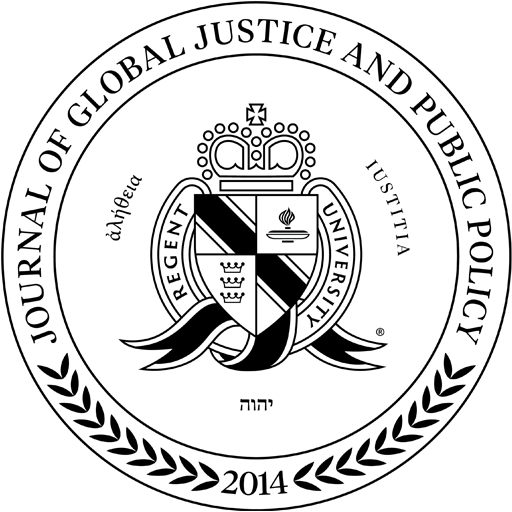James M. Boland† | 2 Regent J. Glob. Just. & Pub. Pol. 479
Justice Stephen Breyer’s latest book, like his previous literary efforts, falls within the mainstream of progressive statutory and constitutional interpretation. He furthers this agenda while at the same time assuring his readers that he is merely giving a neutral survey1 of the problems courts face when dealing with an ever smaller and interdependent world. Interdependence with the rest of the world is one of the primary themes of the book, and Breyer wants to “explain just what that abstract term means concretely for the work of one American institution, the Supreme Court.”2
In order to understand the full implications of Breyer’s argument in The Court and the World, one must first understand the argument in his earlier book, Active Liberty: Interpreting Our Democratic Constitution3 . In Active Liberty, Breyer argues that the liberty that the Founders were protecting was an ancient one—not just the concept of being left alone by the government, but a system in which all citizens have the right to active participation.4 The idea of a citizen being left alone by his government is a modern theory that included freedom from government,5 but it means much more. It was the “freedom of the individual citizen to participate in the government and thereby to share with others the right to make or to control the nation’s public acts.”6 Breyer’s emphasis is the former—ancient liberty—active democratic participation by citizens. Breyer states: “My thesis is that courts should take greater account of the Constitution’s democratic nature when they interpret constitutional and statutory texts.”7 Breyer makes this sound like a positive interpretive perspective—power to the people, but his explanation takes this power back from the people and deposits it in the Court. He writes: “[T]he Constitution’s democratic objective [is] not simply restraint on judicial power . . ., but also a source of judicial authority and an interpretive aid to more effective protection of ancient and modern liberty alike.”8
Breyer is asserting that in order to protect liberty rights, the Court has the authority to define the Constitution with democratic objectivity (i.e., what best protects democracy, even if it goes beyond the natural boundaries of the text). For Breyer, the boundaries that inhibit the Court are not textual, but the Court’s authority to protect democracy, which as it regularly turns out, is limitless. This Breyer calls the “democratic objective”9 of the Constitution. In fact, the entire thesis of Active Liberty is the “Constitution’s democratic objective.”10 He supports this thesis in the main body of the book by “examples [that] suggest that increased emphasis upon that [democratic] objective by judges when they interpret a legal text will yield better law–—law that helps a community of individuals democratically find practical solutions to important social problems.”11 Sounds positive, but what does this mean and what should the Court’s methodology be to reach that objective? Breyer’s answer—a judge must consider “practical consequences, that is, consequences valued in terms of constitutional purposes, when the interpretation of constitutional language is at issue.”12 It’s the consequences, not the text, that should be primary in a judge’s consideration. The text must bend to the desired outcome.13 This is active liberty. A more appropriate title for this book would be “Active Judiciary.”

